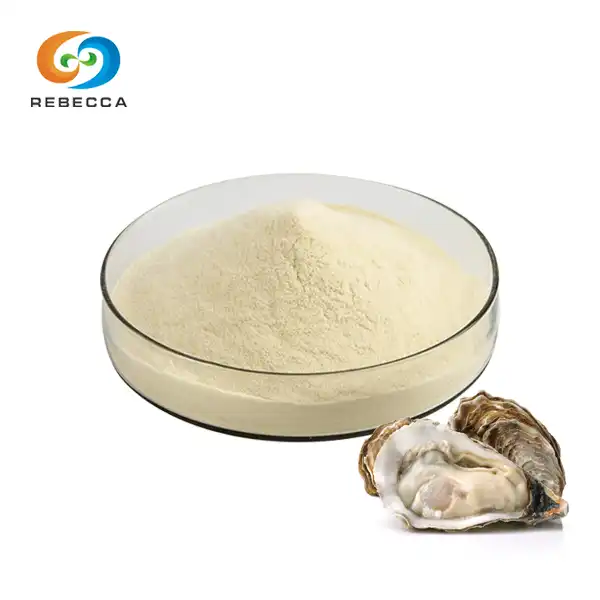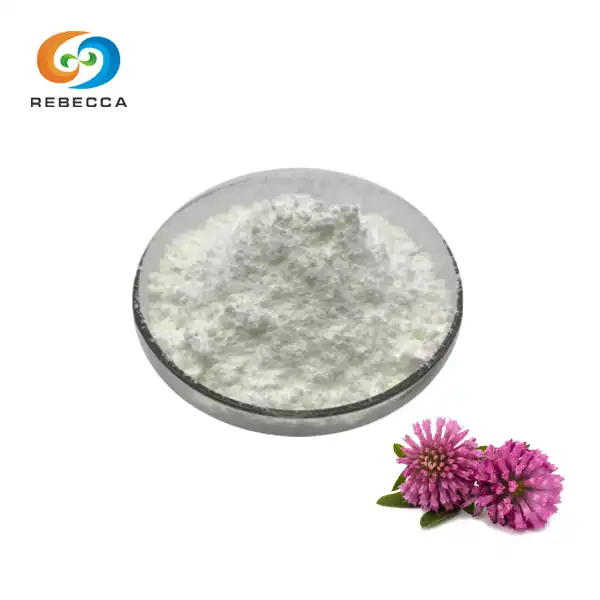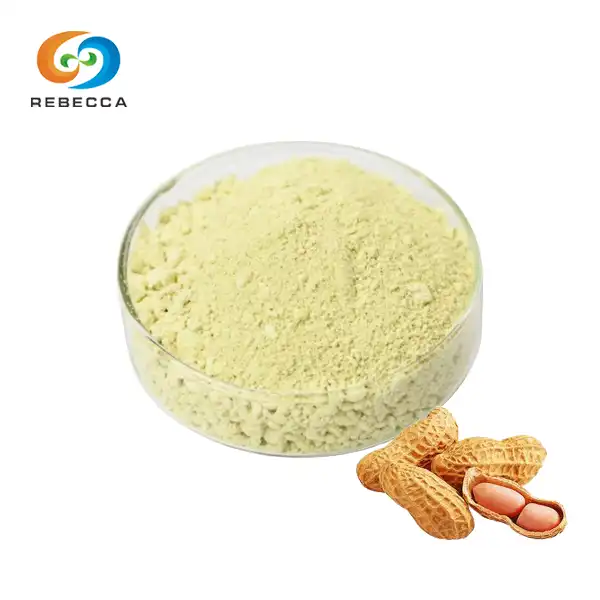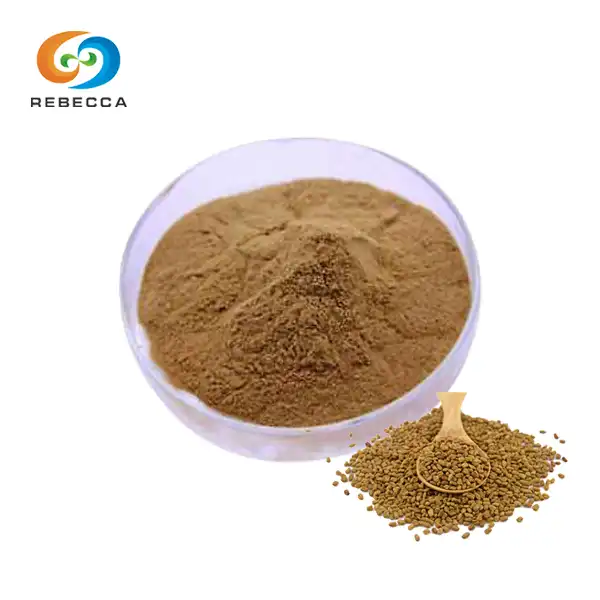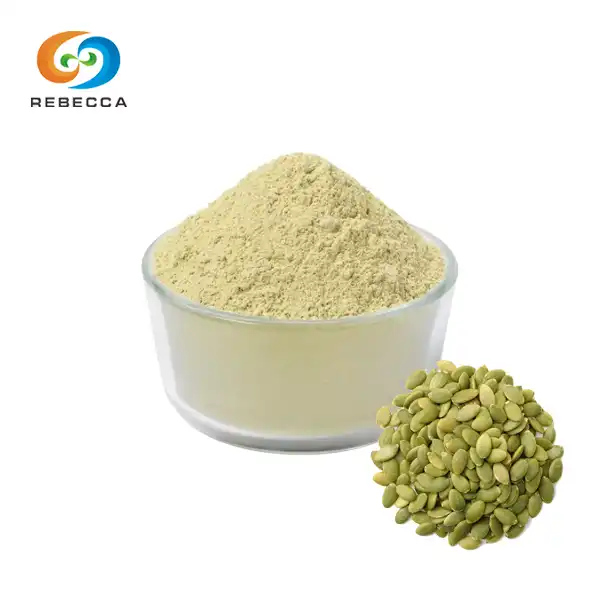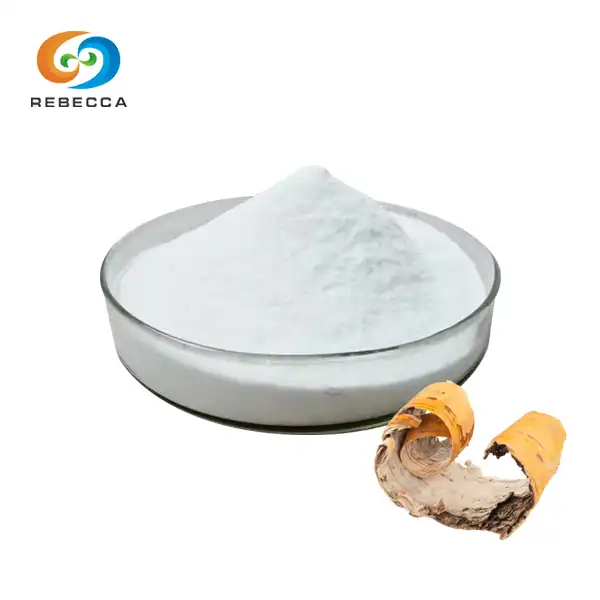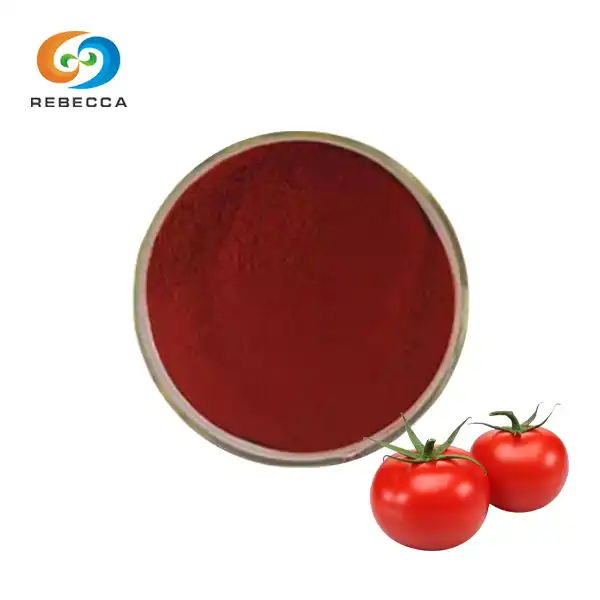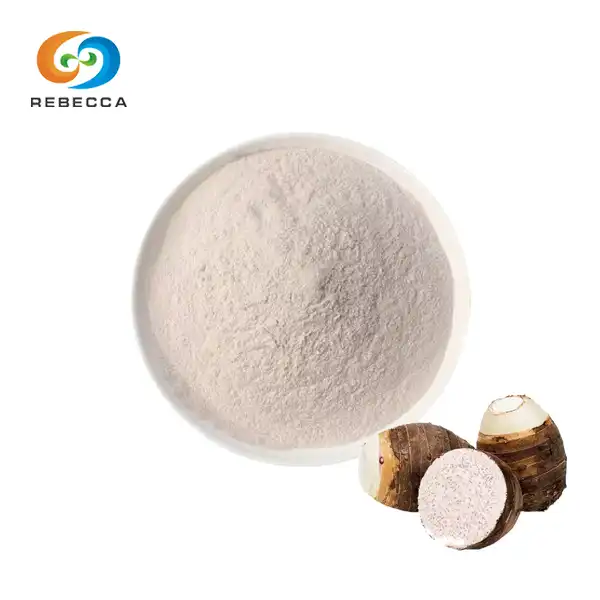How much octacosanol in wheat germ oil?
Wheat germ oil is a nutrient-rich substance extracted from the germ of wheat kernels. It's known for its high content of various beneficial compounds, including octacosanol. Octacosanol powder, a long-chain alcohol, has gained attention for its potential health benefits. But how much octacosanol is present in wheat germ oil?
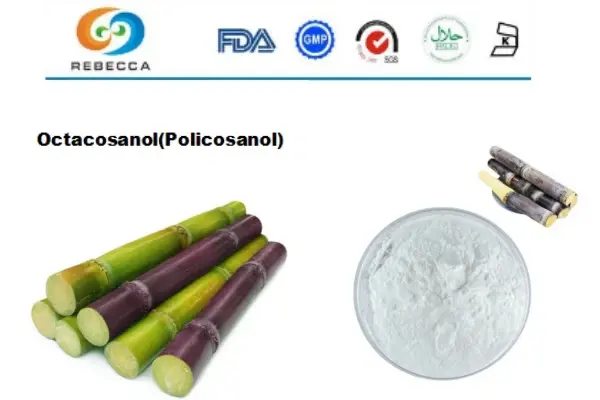
Factors Affecting The Content Of Octadecanol In Wheat Germ Oil
The amount of octacosanol powder in wheat germ oil can vary significantly due to several factors. Understanding these factors is crucial for both producers and consumers of wheat germ oil:
1. Wheat variety: Different wheat varieties can have varying levels of octacosanol in their germ. Some wheat cultivars naturally produce more octacosanol than others.
2. Growing conditions: Environmental factors such as soil quality, climate, and farming practices can influence the content of wheat germ.
3. Extraction method: The technique used to extract oil from wheat germ can affect the concentration. Cold-pressing methods may preserve more octacosanol compared to heat-based extraction processes.
4. Storage conditions: Proper storage of wheat germ oil is essential to maintain its content. Exposure to light, heat, and air can degrade the compound over time.
5. Processing techniques: Refining processes used to purify the oil may inadvertently remove some octacosanol, potentially reducing its concentration in the final product.

Research Data Analysis
Several studies have investigated the octacosanol content in wheat germ oil. While results can vary, these research findings provide valuable insights:
A study by Irmak and Dunford (2005) found that the content in wheat germ oil ranged from 0.96 to 1.68 mg/g of oil. This variation was observed across different wheat varieties and extraction methods.
Another research by Lerma-García et al. (2009) reported octacosanol levels in wheat germ oil between 1.2 and 1.8 mg/g. They noted that cold-pressed oils tended to have higher octacosanol concentrations compared to refined oils.
A more recent analysis by Górnaś et al. (2014) examined wheat germ oil from various European countries. They found octacosanol contents ranging from 0.8 to 2.1 mg/g, with an average of 1.5 mg/g.
These studies suggest that, on average, wheat germ oil contains approximately 1 to 2 mg of octacosanol per gram of oil. However, it's important to note that individual samples can fall outside this range due to the factors mentioned earlier.

Analysis Of Factors Affecting The Content Of Octadecanol
Let's take a closer look at how various factors influence its levels in wheat germ oil:
Wheat variety: Research has shown that hard wheat varieties generally contain more octacosanol than soft wheat varieties. For instance, durum wheat, known for its hardness, often yields oil with higher octacosanol content.
Growing conditions: Stress factors during wheat growth, such as drought or extreme temperatures, can affect the plant's production of various compounds, including octacosanol powder. Some studies suggest that moderate stress might increase octacosanol synthesis as a protective mechanism.
Extraction method: Cold-pressing, which involves minimal heat and no chemical solvents, tends to preserve more octacosanol. In contrast, solvent extraction methods, while efficient at extracting oil, may lead to some loss of octacosanol.
Storage conditions: like many bioactive compounds, it can degrade over time. Proper storage in dark, cool conditions and airtight containers helps maintain levels. Some studies have observed a gradual decrease in its content during long-term storage, especially if the oil is exposed to light or heat.
Processing techniques: Refining processes, particularly those involving high temperatures or chemical treatments, can reduce octacosanol content. This is why unrefined or minimally processed wheat germ oils often have higher octacosanol levels compared to their refined counterparts.

Determination
Accurate measurement of octacosanol powder in wheat germ oil is crucial for quality control and research purposes. Several analytical methods have been developed and refined over the years:
1. Gas Chromatography (GC): This is one of the most common methods for determination. GC, often coupled with mass spectrometry (GC-MS), allows for precise quantification of octacosanol and other long-chain alcohols in wheat germ oil. Rebecca uses the Test Method GC.
2. High-Performance Liquid Chromatography (HPLC): HPLC methods have also been developed for analysis. These methods can provide high sensitivity and are particularly useful for complex mixtures.
3. Spectrophotometric methods: While less specific than chromatographic techniques, some spectrophotometric methods have been developed for rapid screening of content.

4. Capillary Electrophoresis: This technique has been used in some studies for the separation and quantification of octacosanol and related compounds in wheat germ oil.
The choice of method often depends on the specific requirements of the analysis, such as sensitivity, speed, and available equipment. For the most accurate results, many researchers use a combination of techniques or validate their findings using different analytical approaches.
It's worth noting that the determination of octacosanol content requires careful sample preparation. This typically involves extracting the lipid fraction from the wheat germ oil and sometimes derivatizing the compounds to improve their detection and separation during analysis.
Rebecca Octacosanol Powder
Rebecca Bio-Tech offers high-quality octacosanol powder at competitive, manufacturer-direct prices. This product could be of interest to researchers studying octacosanol or to companies looking to fortify products with this compound. While it can be extracted from wheat germ oil, using a purified powder allows for more precise control over the amount of octacosanol in a product.
It's important to note that while wheat germ oil is a natural source of octacosanol, purified powder like that offered by Rebecca Bio-Tech can provide a more concentrated and standardized form of the compound. This can be particularly useful for applications where a specific, consistent dose is required.
For those interested in learning more about Rebecca Bio-Tech's octacosanol powder or its potential applications, the company encourages reaching out via email at information@sxrebecca.com for further details.

References
1. Irmak, S., & Dunford, N. T. (2005). Policosanol contents and compositions of wheat varieties. Journal of Agricultural and Food Chemistry, 53(14), 5583-5586.
2. Lerma-García, M. J., Herrero-Martínez, J. M., Simó-Alfonso, E. F., Mendonça, C. R., & Ramis-Ramos, G. (2009). Composition, industrial processing and applications of rice bran γ-oryzanol. Food Chemistry, 115(2), 389-404.
3. Górnaś, P., Rudzińska, M., & Segliņa, D. (2014). Lipophilic composition of eleven apple seed oils: A promising source of unconventional oil from industry by-products. Industrial Crops and Products, 60, 86-91.
4. Dunford, N. T., & King, J. W. (2000). Phytosterol enrichment of rice bran oil by a supercritical carbon dioxide fractionation technique. Journal of Food Science, 65(8), 1395-1399.
5. Jiang, Y., & Wang, T. (2005). Phytosterols in cereal by-products. Journal of the American Oil Chemists' Society, 82(6), 439-444.
